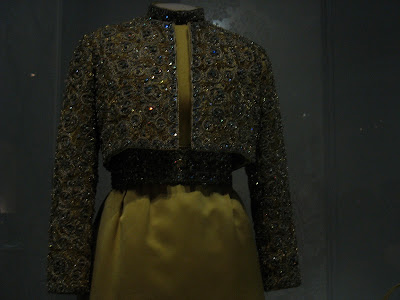The history of Washington, D.C. is tied to its role as the capital of the United States. Originally inhabited by an Algonquian-speaking people known as the Nacotchtank, the site of the District of Columbia along the Potomac River was first selected by President George Washington.
The city came under attack during the War of 1812 in an episode known as the Burning of Washington. On August 24, 1814, after defeating the Americans at the Battle of Bladensburg, a British force occupied Washington City and set fire to many public buildings. The facilities of the U.S. government, including the White House and U.S. Capitol, were largely destroyed. The British commander's orders to burn only public buildings and strict discipline among the British troops are credited with preserving the city's private buildings. This was the only time since the Revolutionary War that a foreign power captured and occupied the United States capital.
Unique among cities with a high percentage of African Americans, Washington has had a significant black population since the city's creation. As a result, Washington became both a center of African American culture and a center of civil rights movement. Since the city government was run by the federal government, black and white school teachers were paid at an equal scale as workers for the federal government. It was not until the administration of President Woodrow Wilson, a southerner who had numerous southerners in his cabinet, that federal offices and workplaces were segregated, starting in 1913. This situation persisted for decades: the city was racially segregated in certain facilities until the 1950s.
The Washington Metro opened in 1976. A rising economy and gentrification in the late 1990s and early 2000s led to revitalization of many downtown neighborhoods. The United States Constitution places the District (which is not a state) under the exclusive legislation of Congress. Throughout its history, Washington, D.C. residents have therefore lacked voting representation in Congress. The Twenty-third Amendment to the United States Constitution, ratified in 1961, gave the District representation in the Electoral College. The 1973 District of Columbia Home Rule Act provided the local government more control of affairs, including direct election of the city council and mayor.
On Thursday we arrived in our nation's capital. After parking the car at our hotel we hopped on the Metro and headed to the National Museum of American History, part of the Smithsonian.
This is George Washington's camp box. I totally want one of these! A place for everything and everything in its place. Apparently General Washington didn't actually use this very often because he usually stayed in a complying patriot's house.
After perusing the military section, we looked at the first lady's gowns - here are just as few.
I love this one!
Michelle Obama's Inaugural Ball Gown.
This is Julia Childs' kitchen!
You can probably barely see it, but check out these Mexican War images of Generals Lee and Grant.
This is the actual furniture from the Civil War surrender at Appomattox.
These cargo wagons, made quite a bit before the wagons used to cross the prairie sloped toward the middle to keep cargo from shifting. They were traditionally painted these colors and we've seen several examples of them.















No comments:
Post a Comment